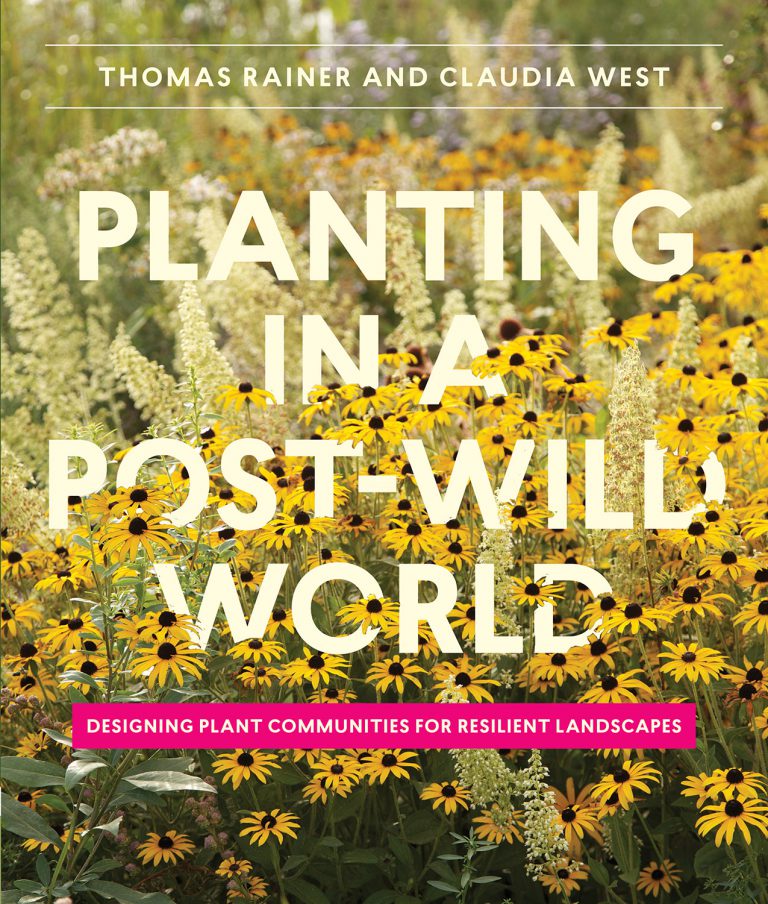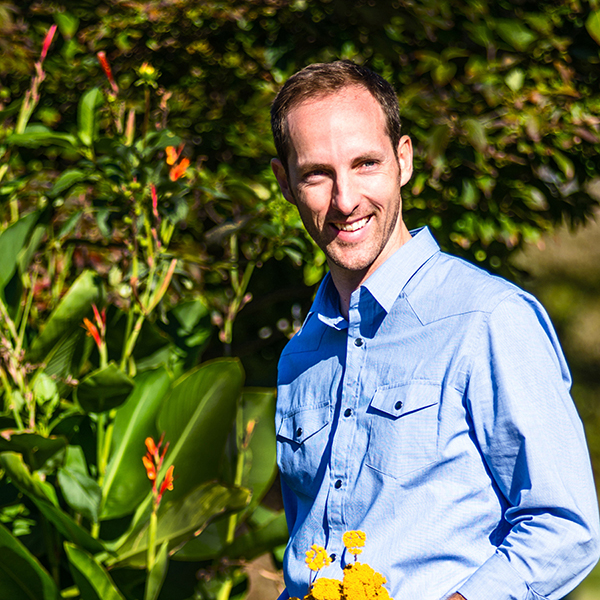Thomas Rainer, CED Alumnus, Publishes Award-Winning Book

Thomas Rainer, CED alumnus and ASLA member, recently co-authored the book Planting in a Post-Wild World: Designing Plant Communities for Resilient Landscapes with Claudia West. Mr. Rainer is a principal with the firm Rhodeside & Harwell in the Washington, D.C. area and has led many of the firm’s public space, campus, green infrastructure, and streetscape projects. (His 2002 thesis here at the College of Environment and Design was a study of new approaches to the design of the urban surface and how it can be shaped to diversify activities. Rainer will give a lecture at the CED on Feb. 2nd, 2017 in the Jackson Street Building. Room and time TBA.)
Mr. Rainer wants to provide readers with the tools they need to put compatible species together in stable compositions.
“It’s really about understanding how to cover the ground with plants,” said Rainer. “We also wanted to show folks how more ecologically functional planting might also be beautiful. Our goal was to be both practical and inspiring.”
In the book, Rainer and West propose that rather than arrange plants in conventional masses, designers should focus on how to combine plants to function more like naturally occurring plant communities. They explore a hybrid of horticulture and ecology, creating communities of interrelated species that cover the ground in interlocking layers.
“The book evolved out of a desire to understand how to create more resilient, biodiverse, but beautiful horticultural plantings in urban and suburban landscapes,” said Rainer, who explains that traditional horticulture has failed to provide the type of ecosystems needed in cities.
“Treating plants as individual objects swimming in a sea of mulch results in plantings that are forever dependent on more mulch, herbicides and human input,” explains Rainer. “We wanted to find an alternative.”
Published by Timber Press, Planting in a Post-Wild World was recently awarded The American Horticultural Society’s 2016 book award for excellence in writing, originality, and quality. An interview with the author discussing the book and his planting philosophy in this recent interview with NPR.
Mr. Rainer is currently working on variety of projects in Washington, D.C. and New York state. They include several green roofs with amenity spaces for new urban residential towers; streetscape designs for Pennsylvania Avenue, DC; a combination of historic preservation and ecological restoration for Jones Beach State Park; and a variety of urban plaza and garden projects.
Congratulations to Thomas Rainer, MLA.

From a recent interview with Mr. Rainer:
Are you currently working on any projects? If so, what are they?
Yes, I am working on a variety of projects in Washington, D.C. and New York state including several green roofs with amenity spaces for new urban residential towers; streetscape designs for Pennsylvania Avenue, DC; a combination of historic preservation and ecological restoration for Jones Beach State Park; and a variety of urban plaza and garden projects.
Why led you to write this book?
The book evolved out of a desire to understand how to create more resilient, biodiverse, but beautiful horticultural plantings in urban and suburban landscapes. Traditional horticulture has, for the most part, failed to provide the kind of ecosystem services we need in cities. Treating plants as individual objects swimming in a sea of mulch results in plantings that are forever dependent on more mulch, herbicides, and human input. We wanted to find an alternative.
What do you want readers to get out of this book?
We wanted to provide readers with the tools they needed to put compatible species together in stable compositions. It’s really about understanding how to cover the ground with plants. We also wanted to show folks how more ecologically functional planting might also be beautiful. Our goal was to be both practical and inspiring.
How did the CED prepare you for the work you do now?
Visiting wild plant communities with Darrel Morrison and drawing those patterns was an eye-opening experience for me. To understand plants, you really have to see them in the wild. That combined with a broad design education helped me combine art and ecology in the work I do.
